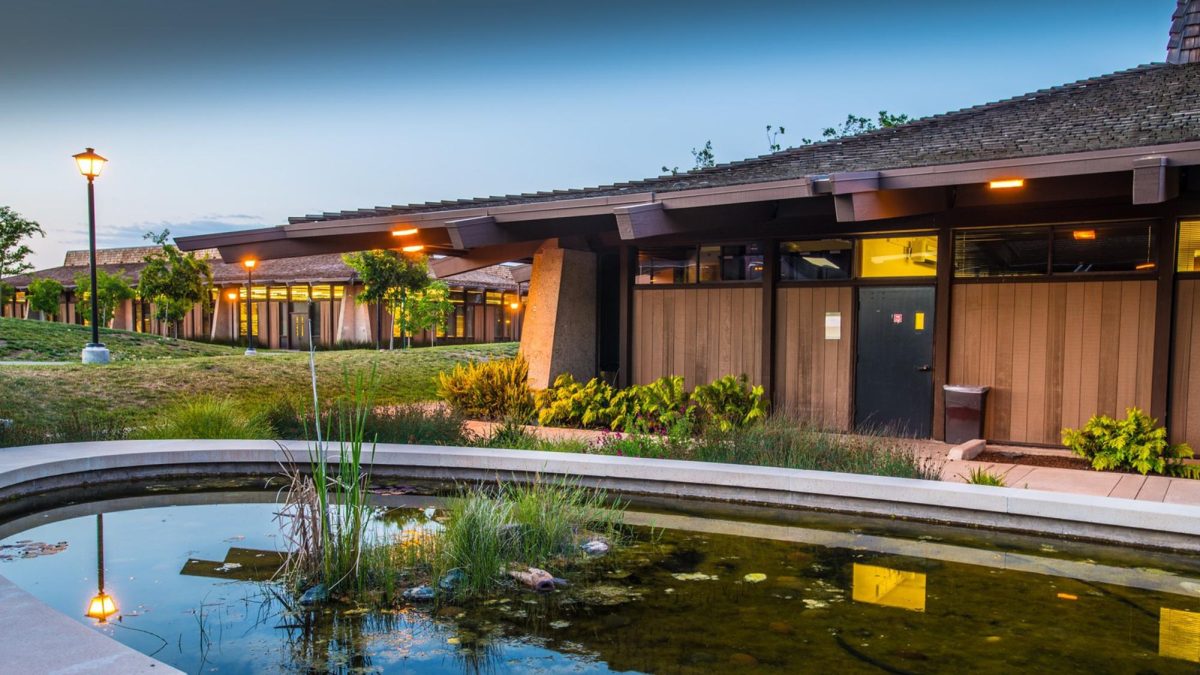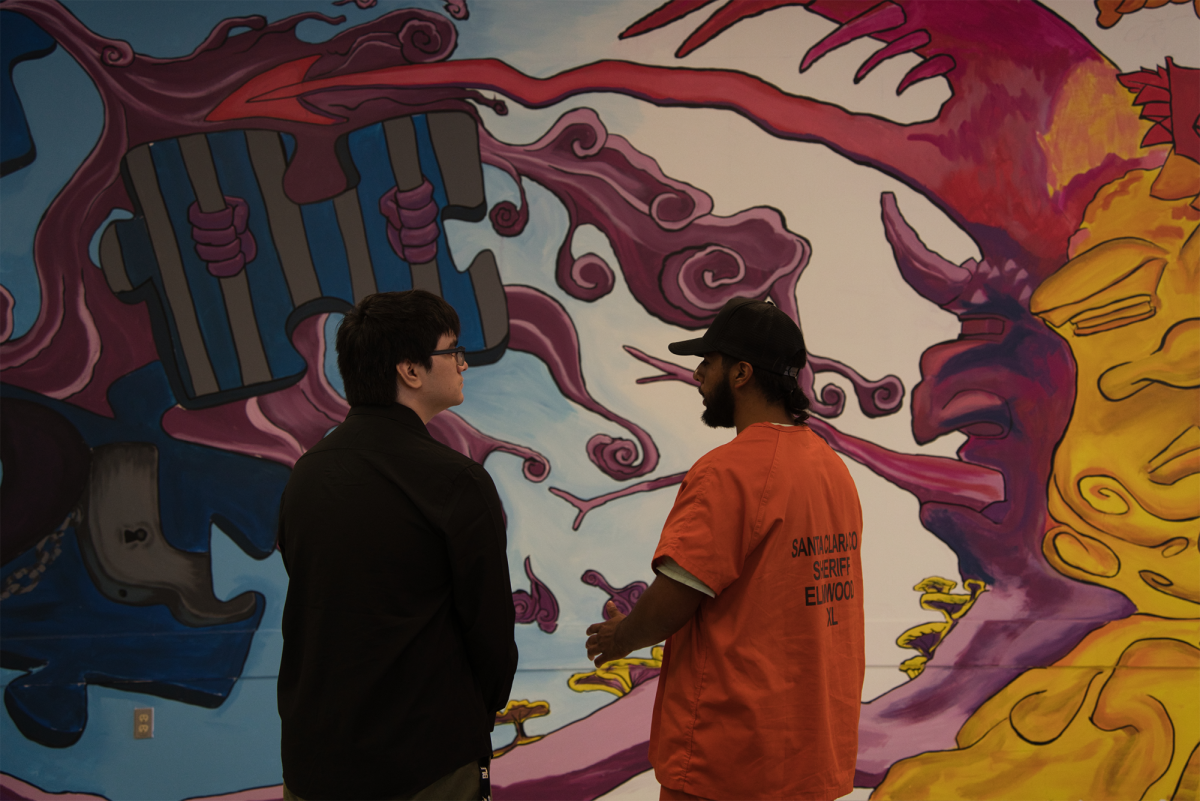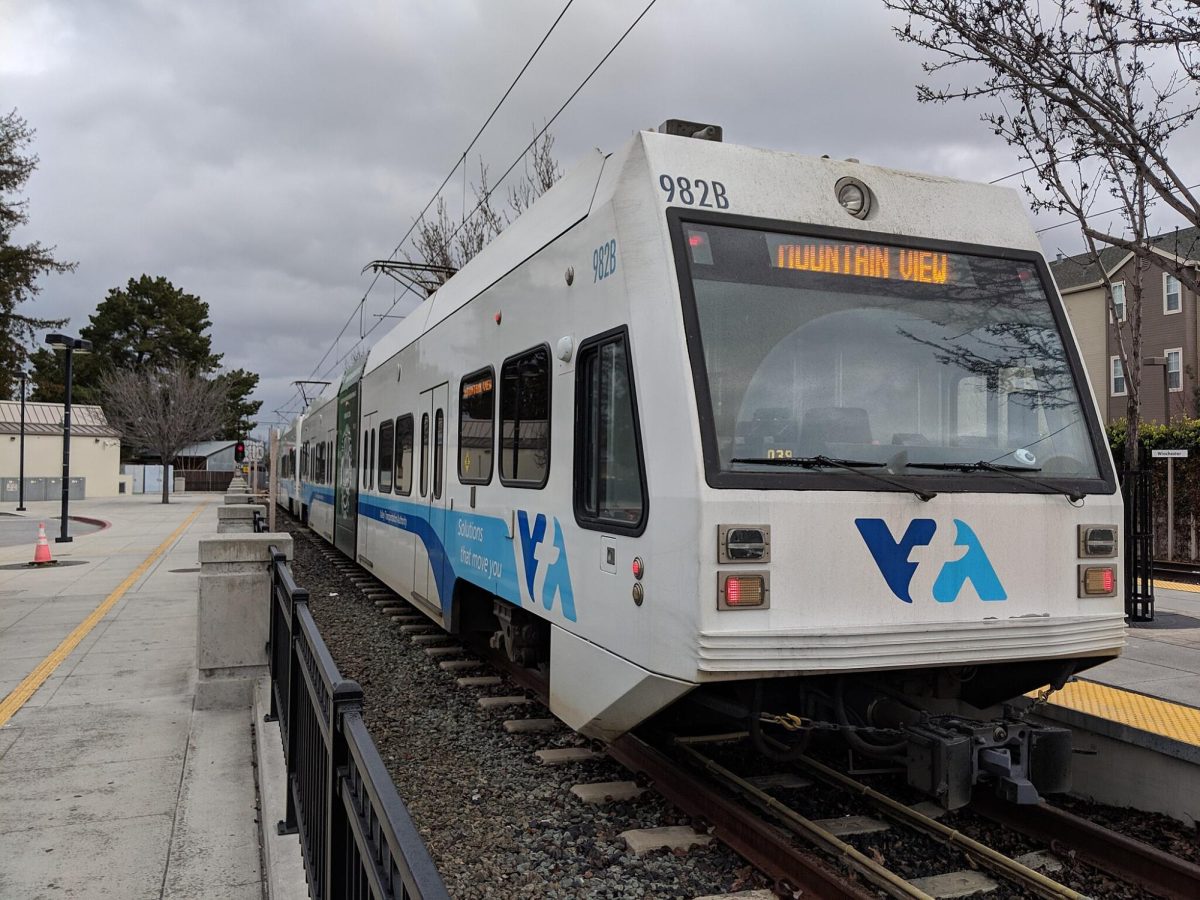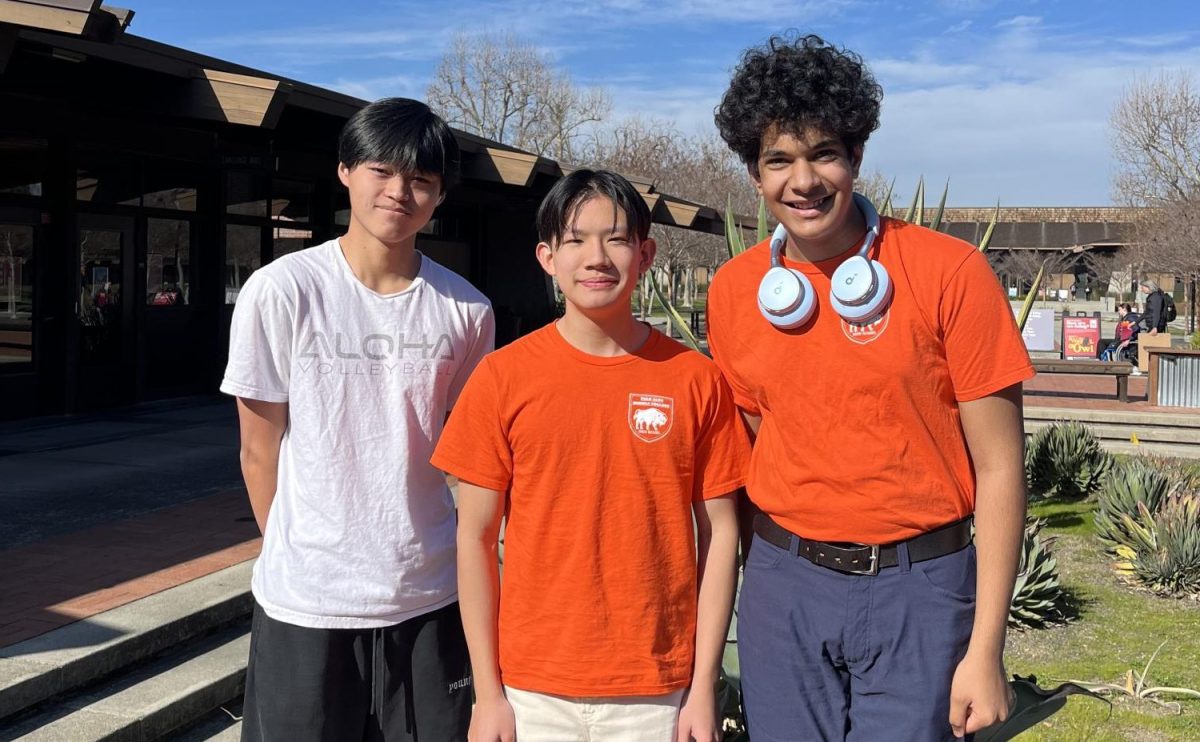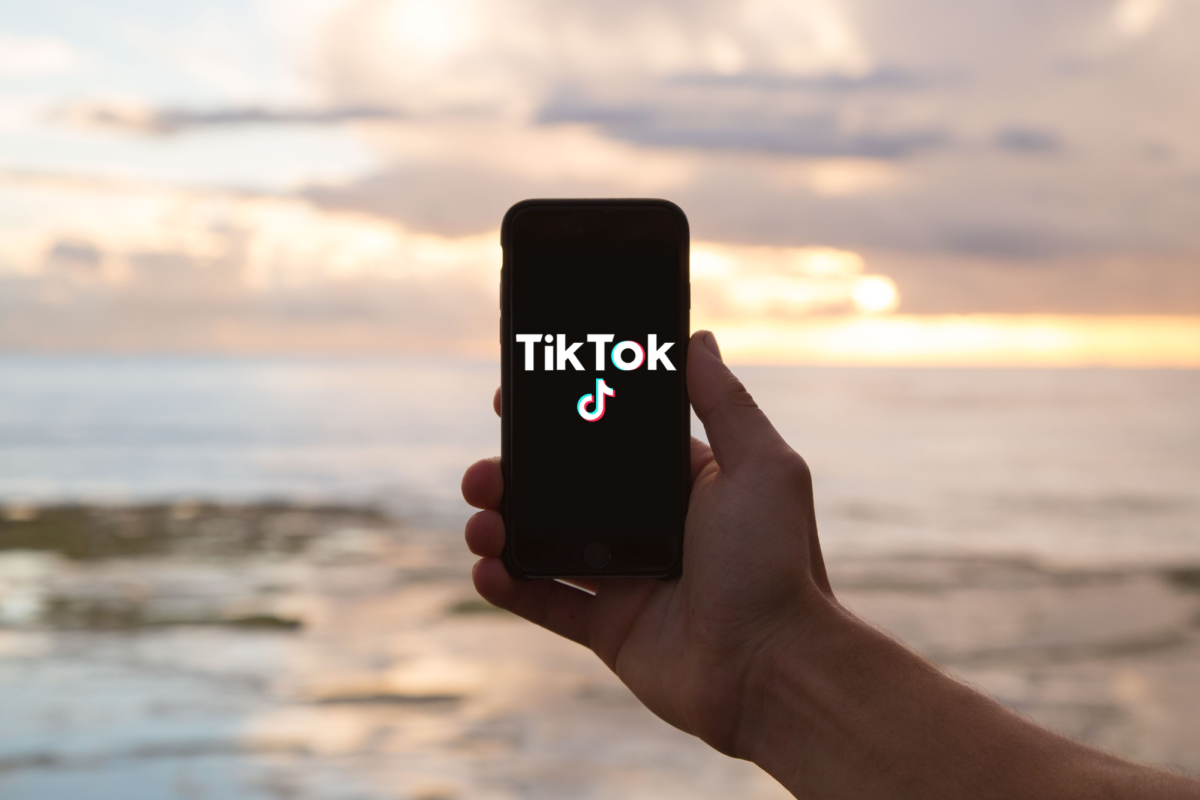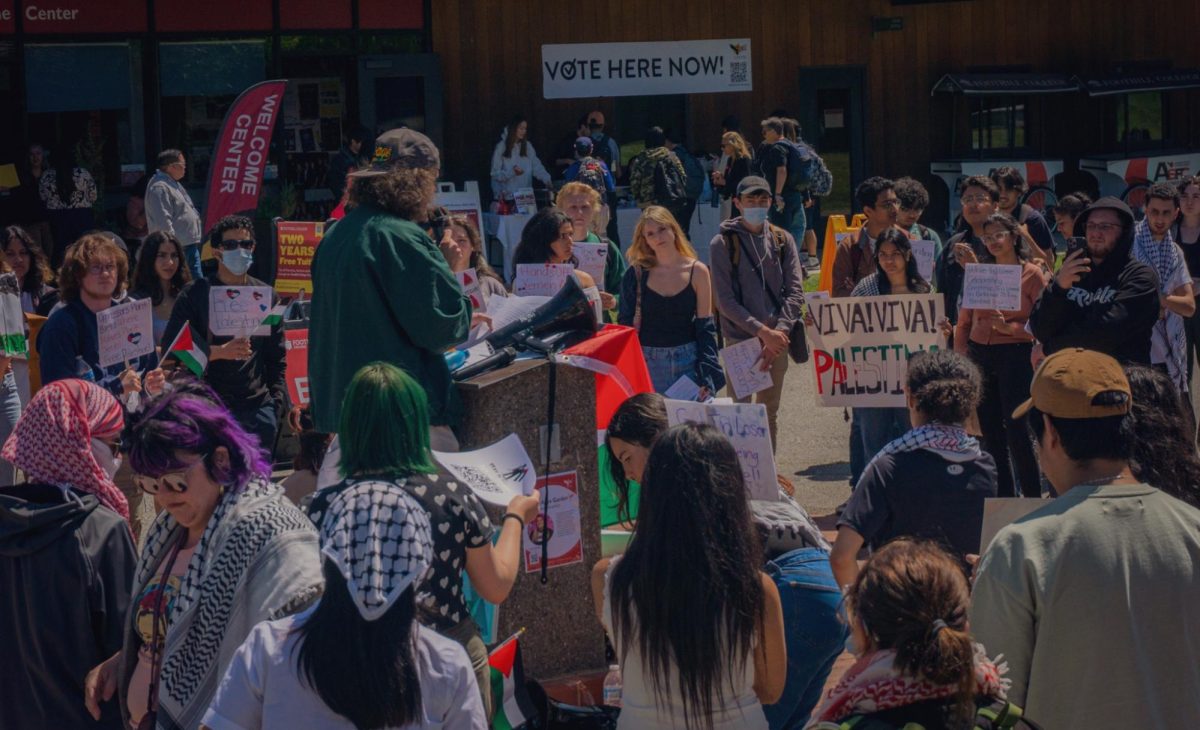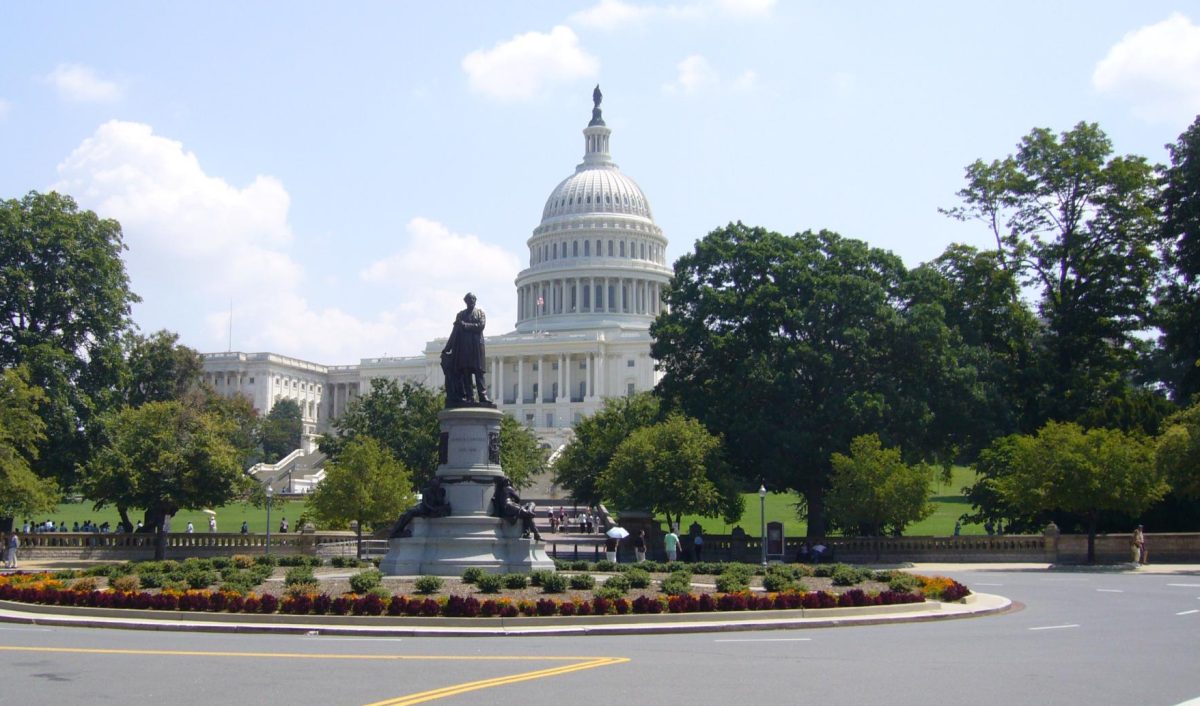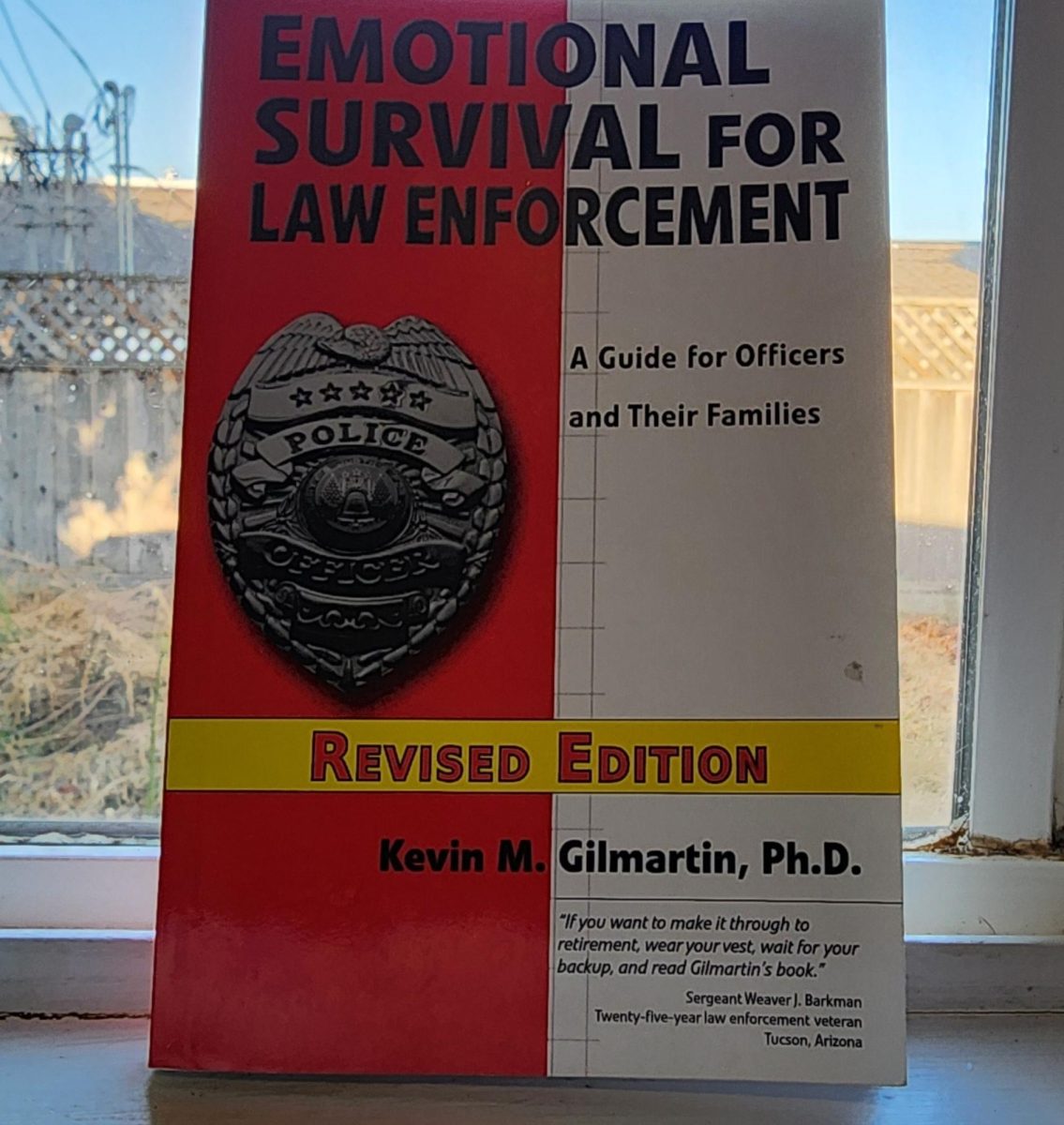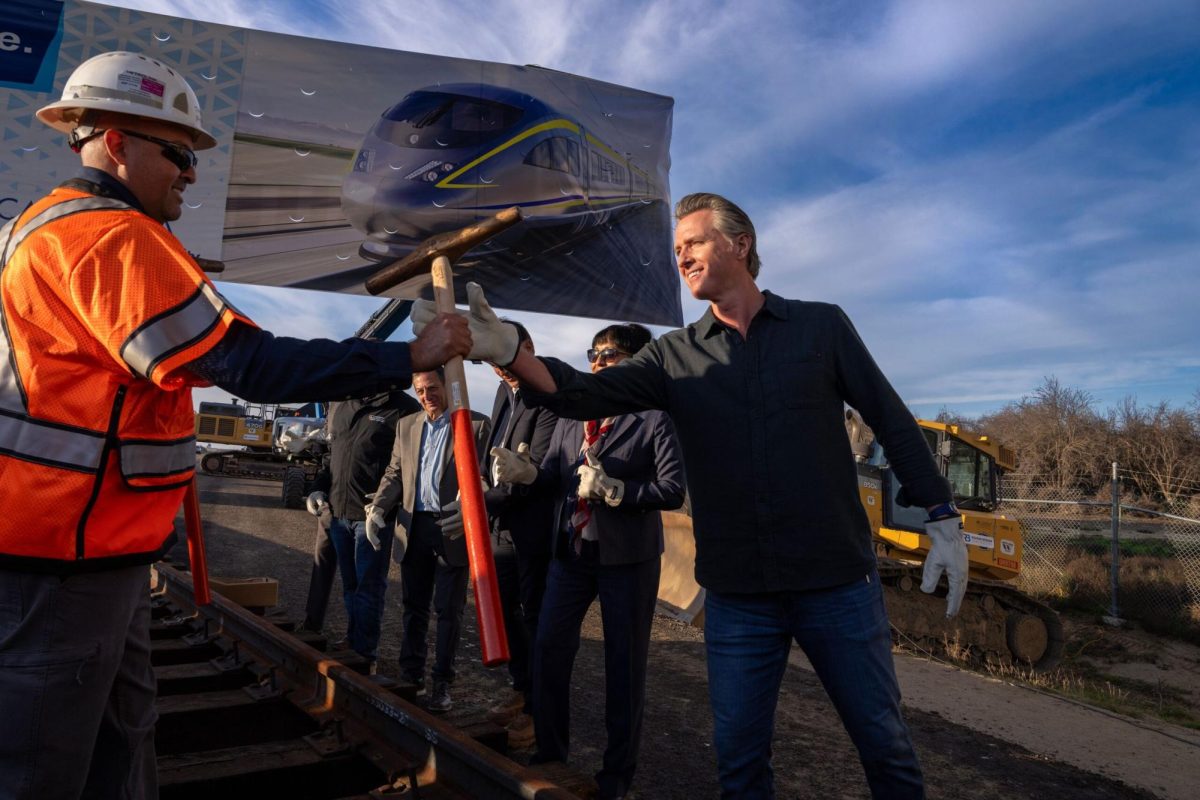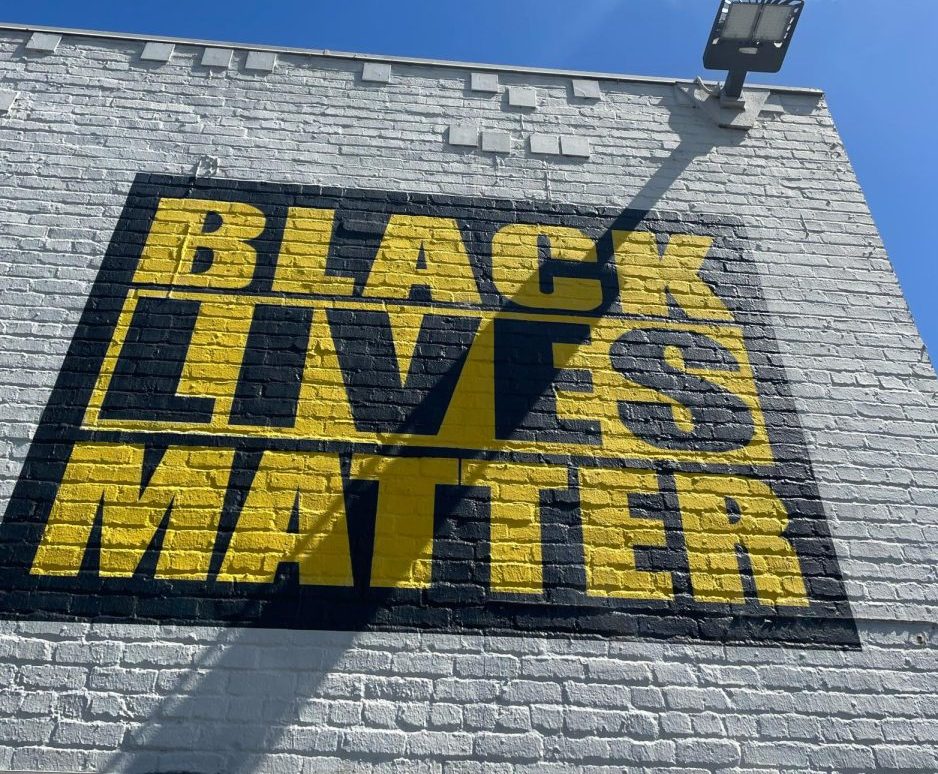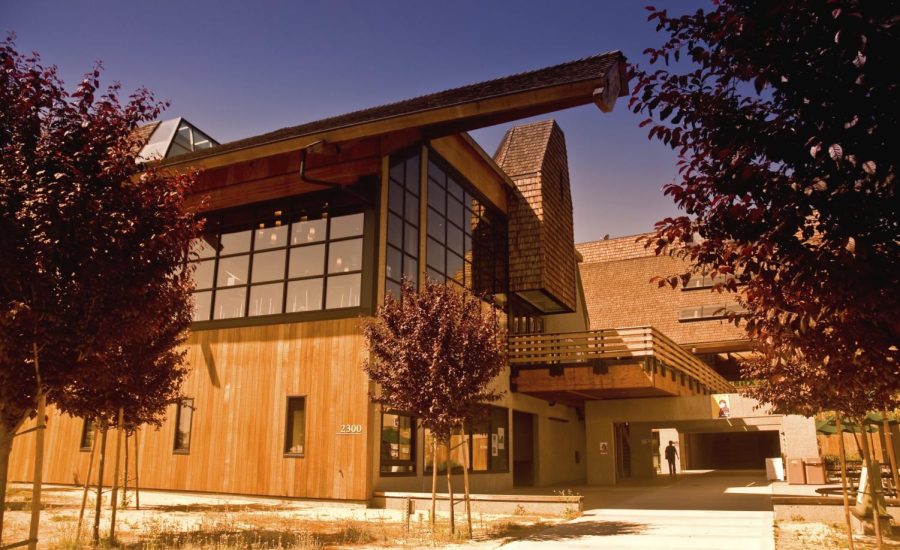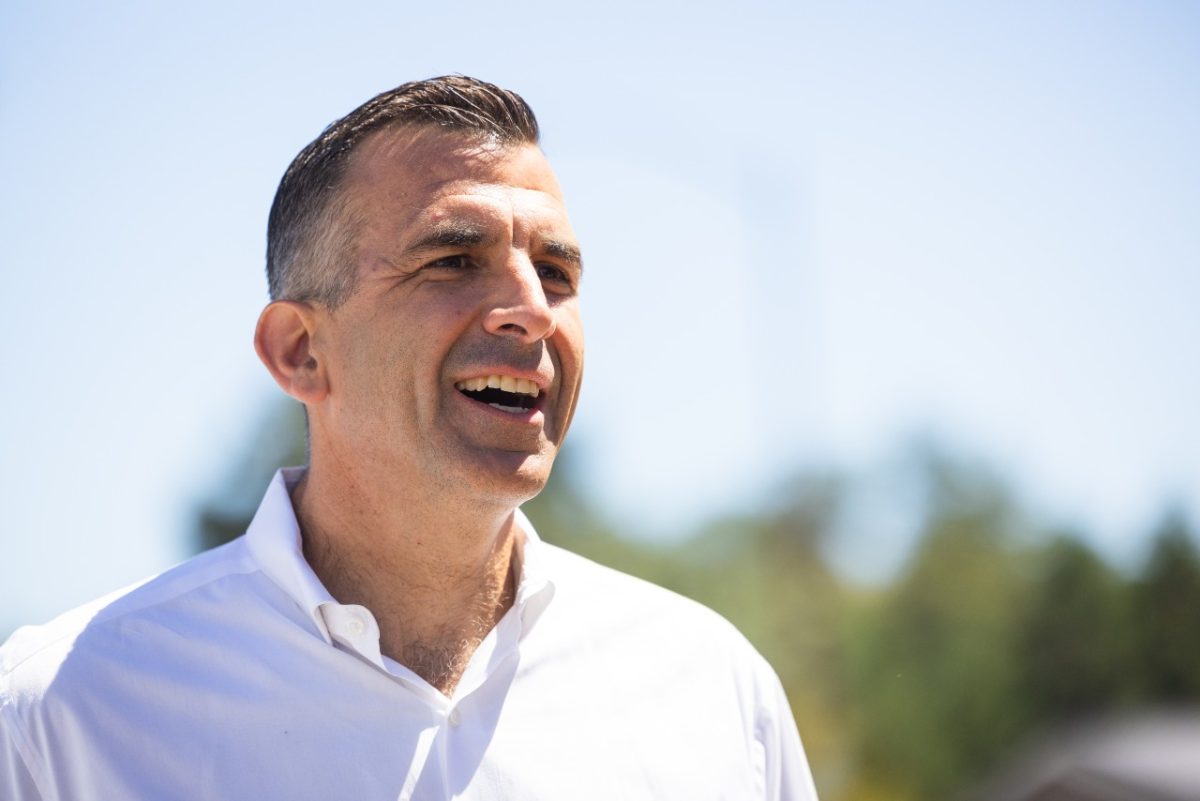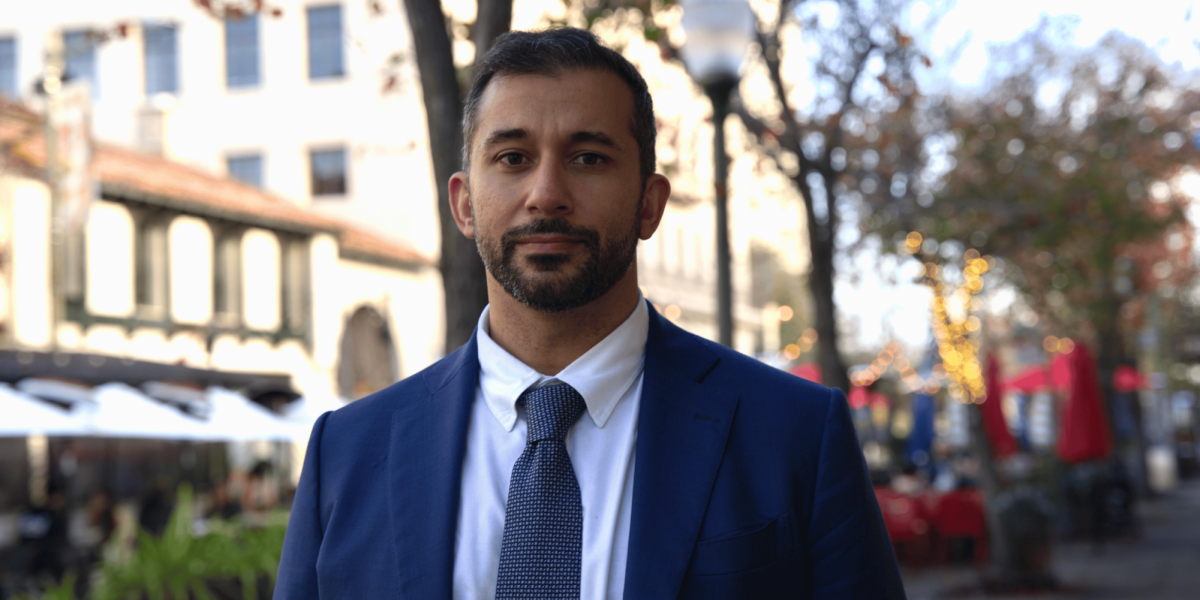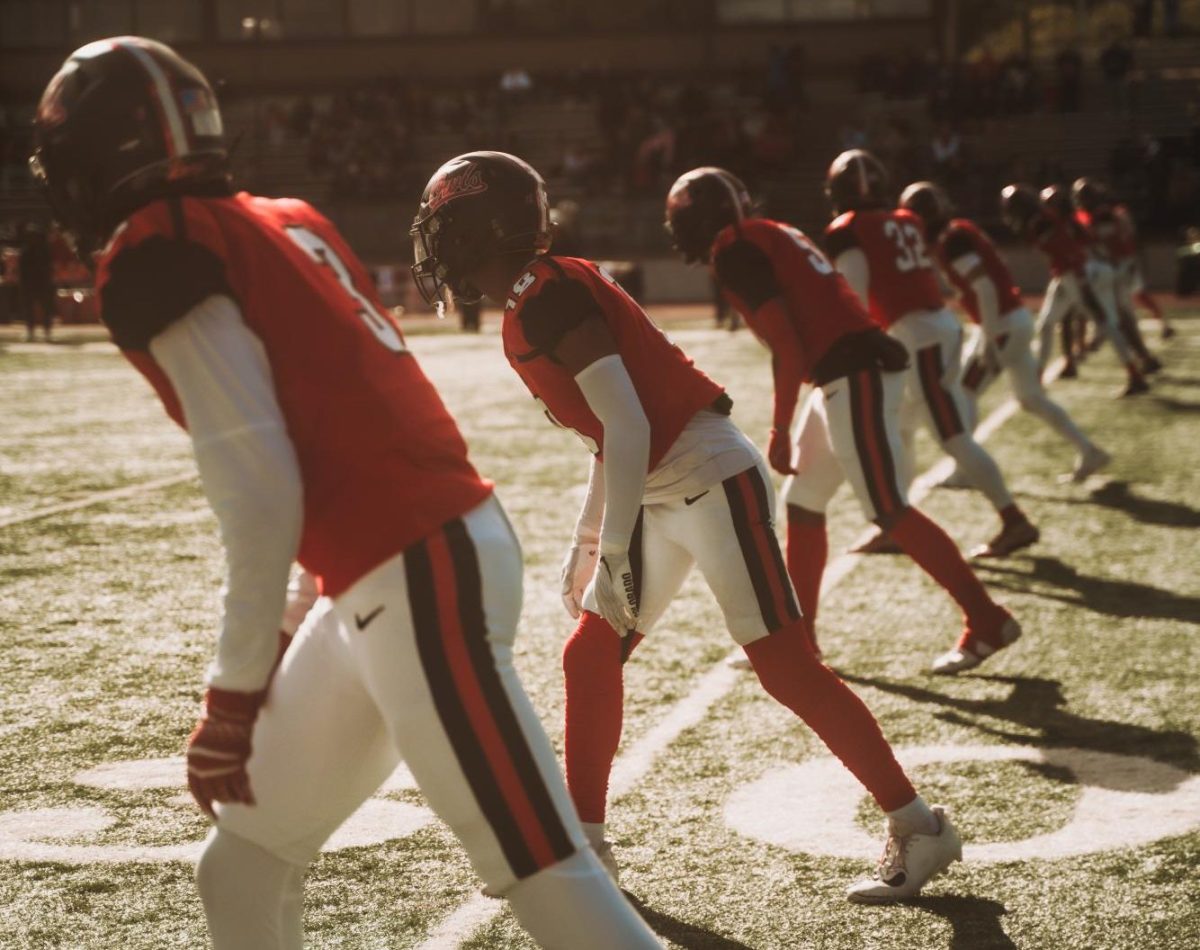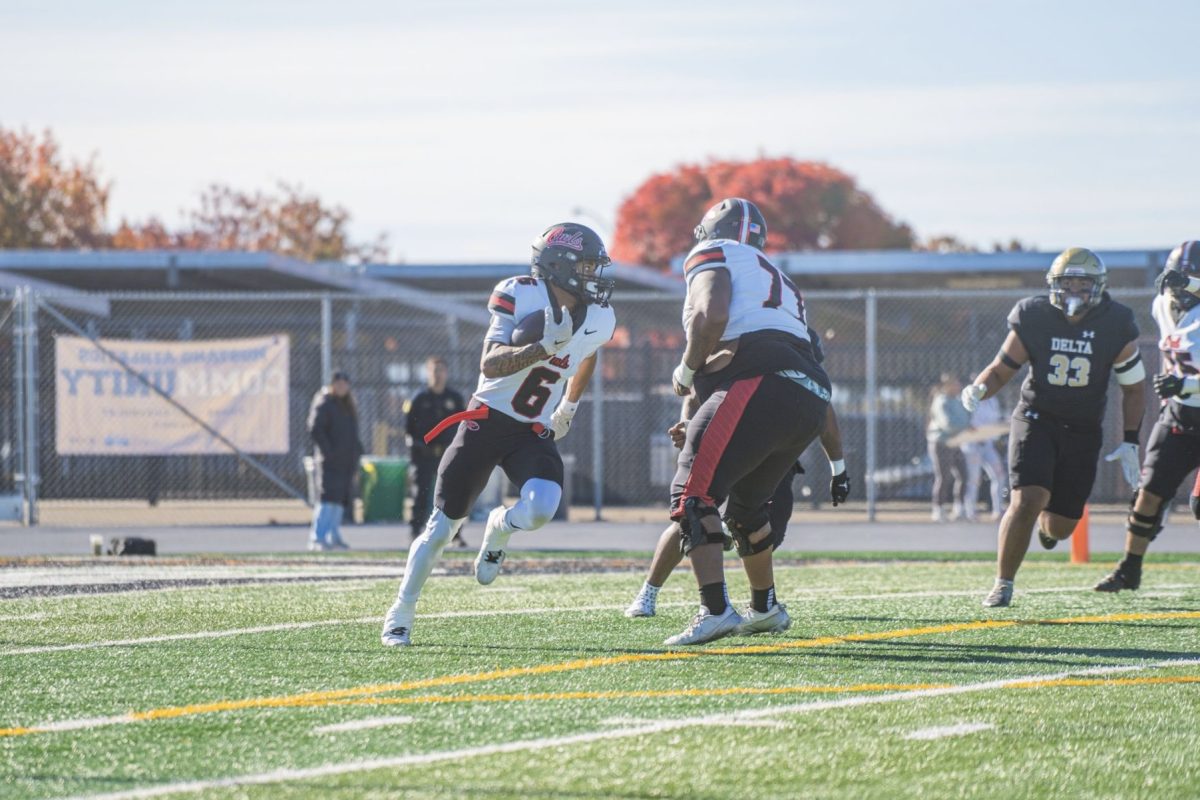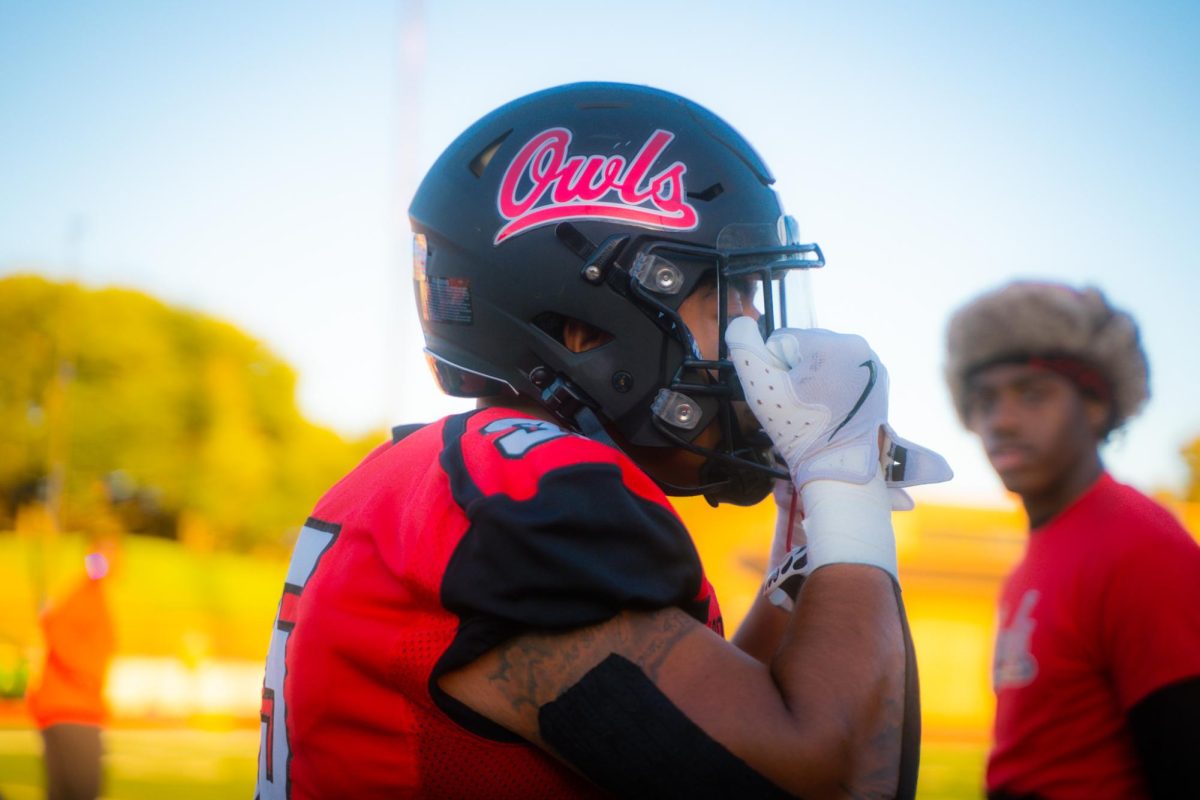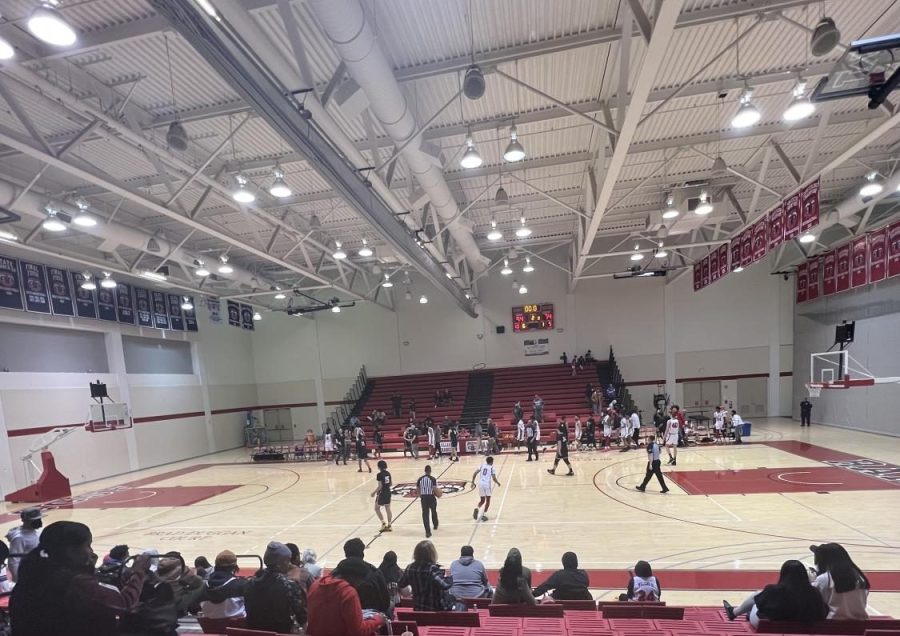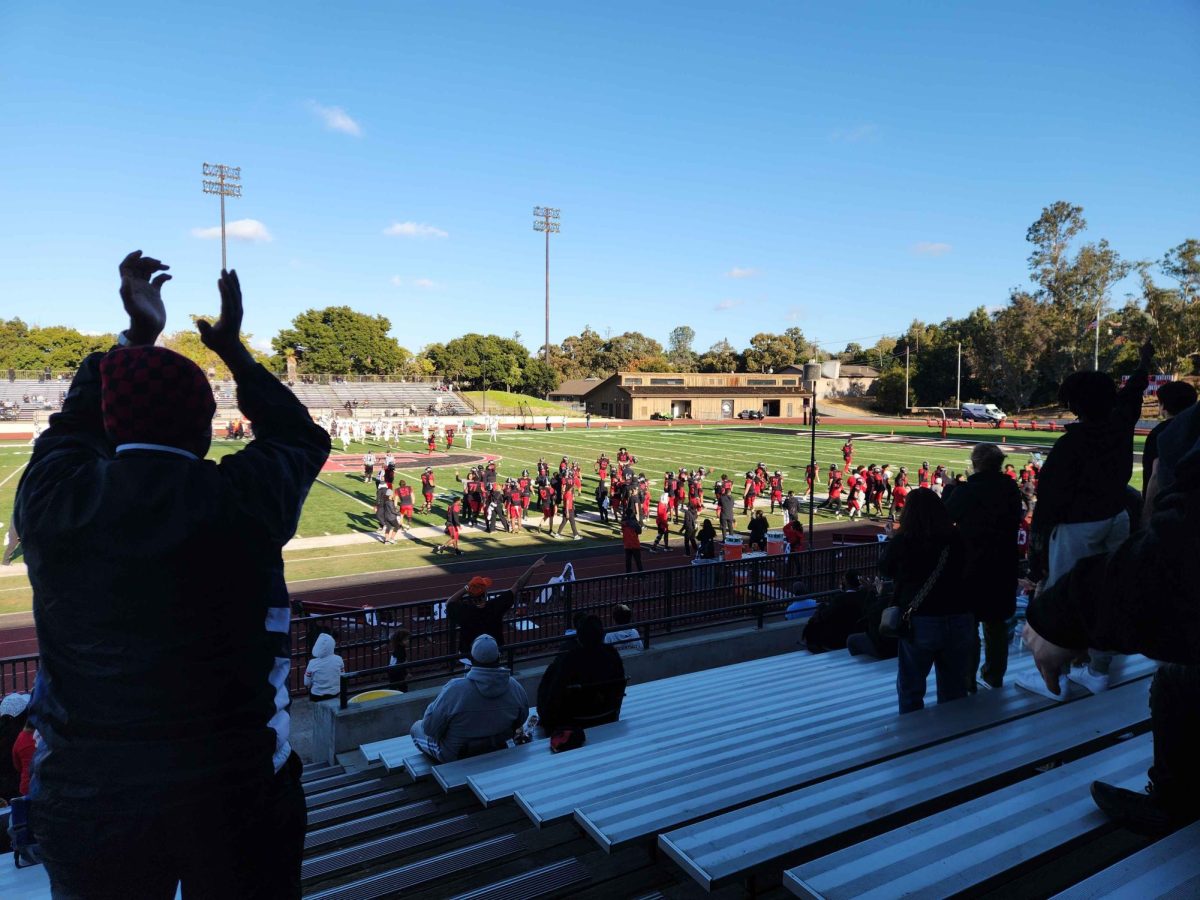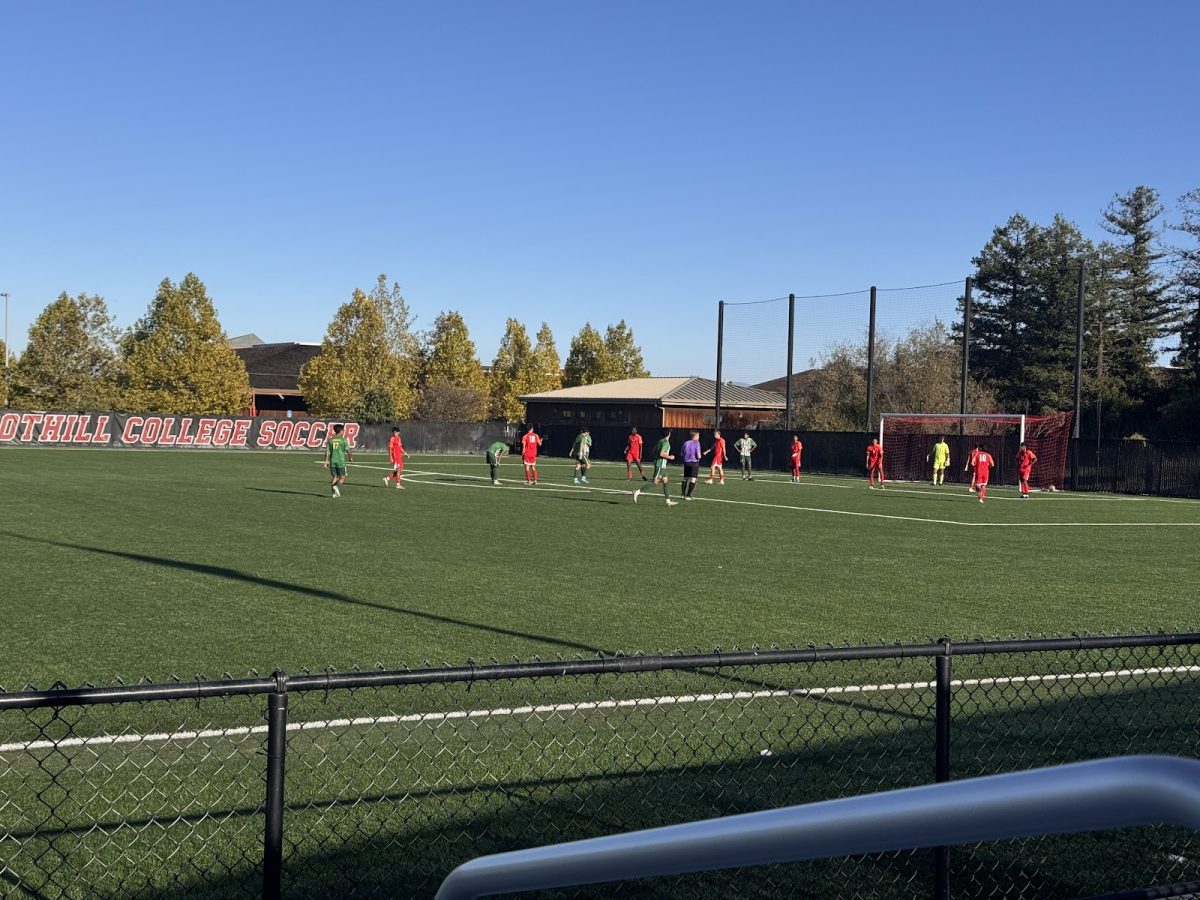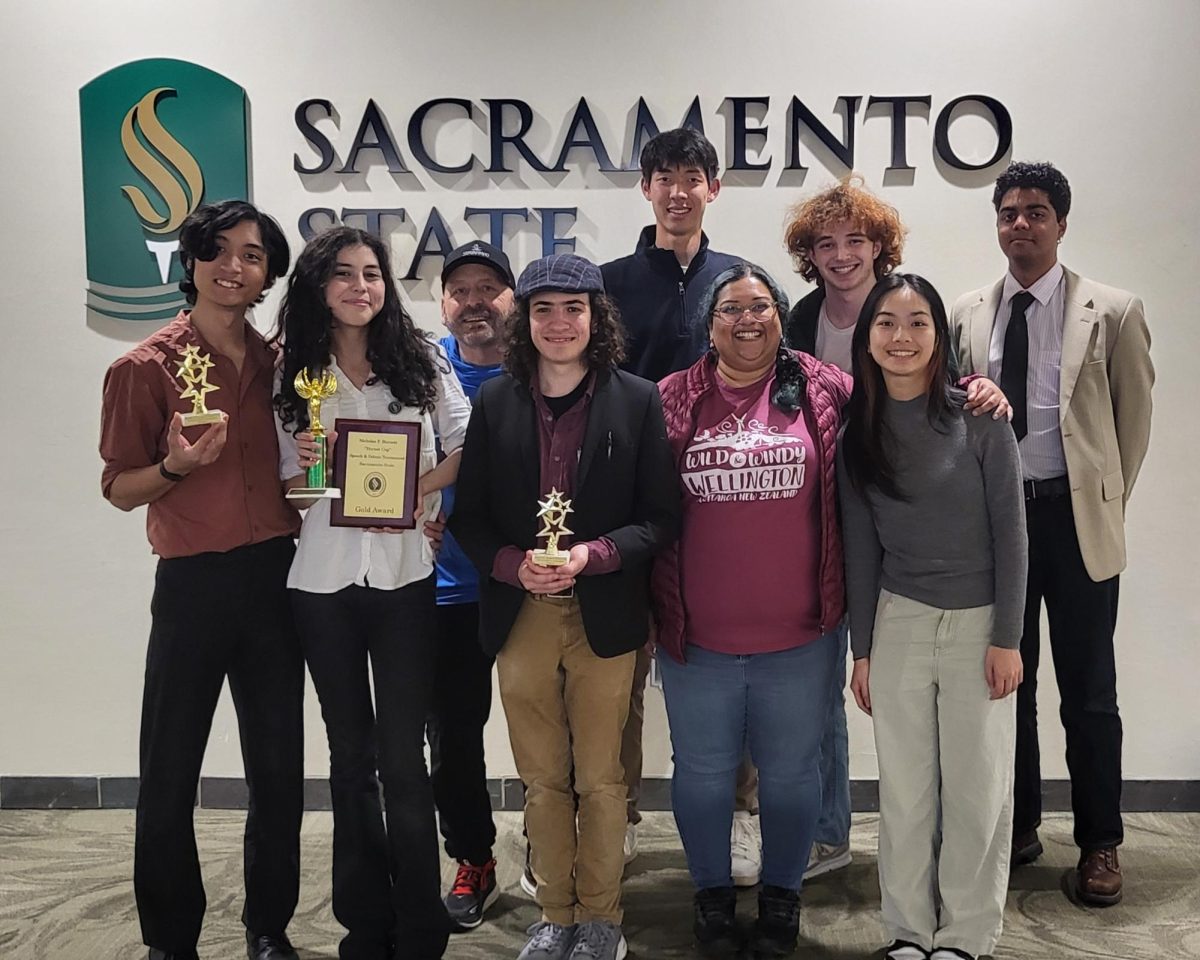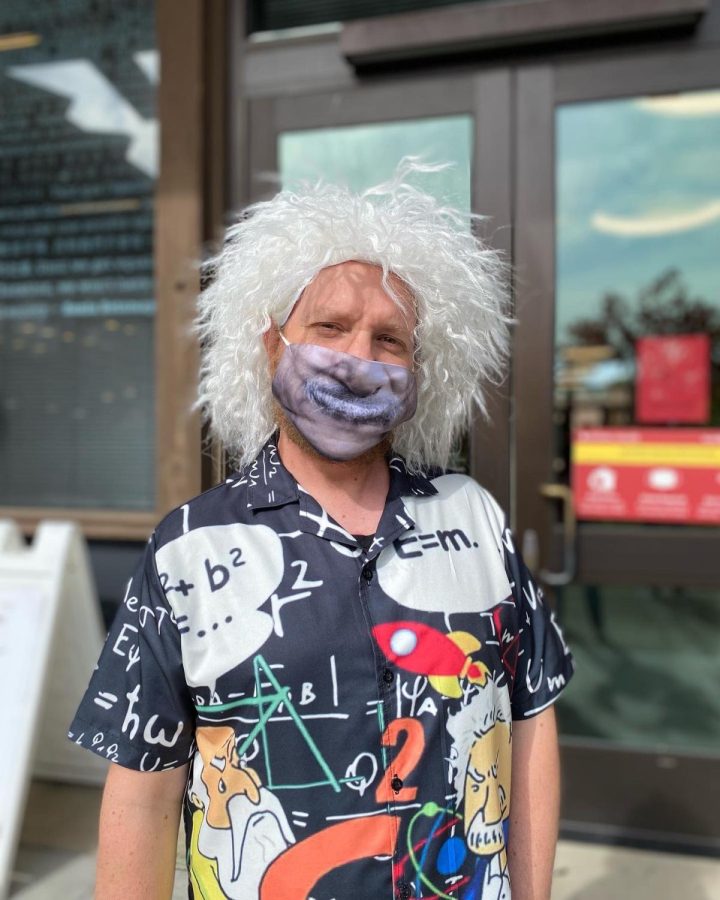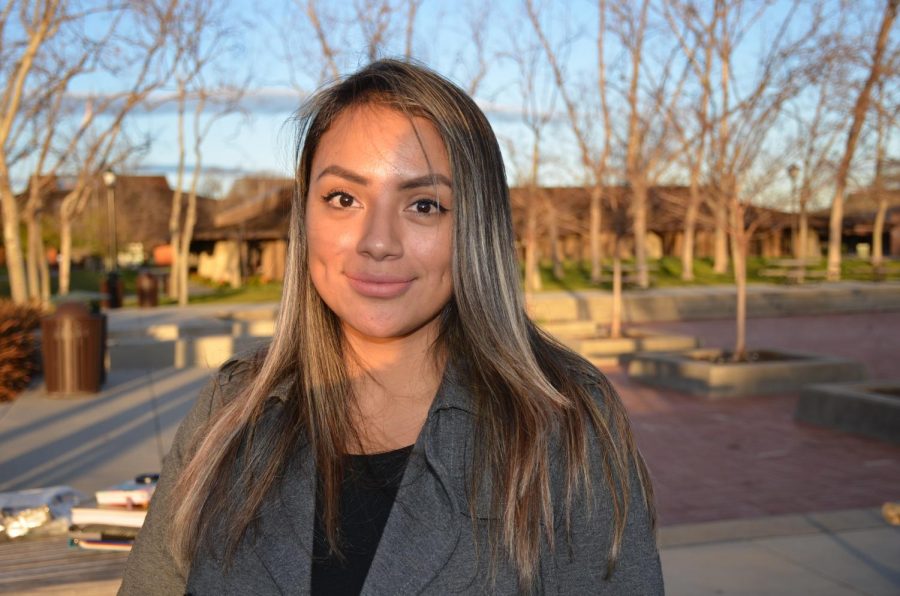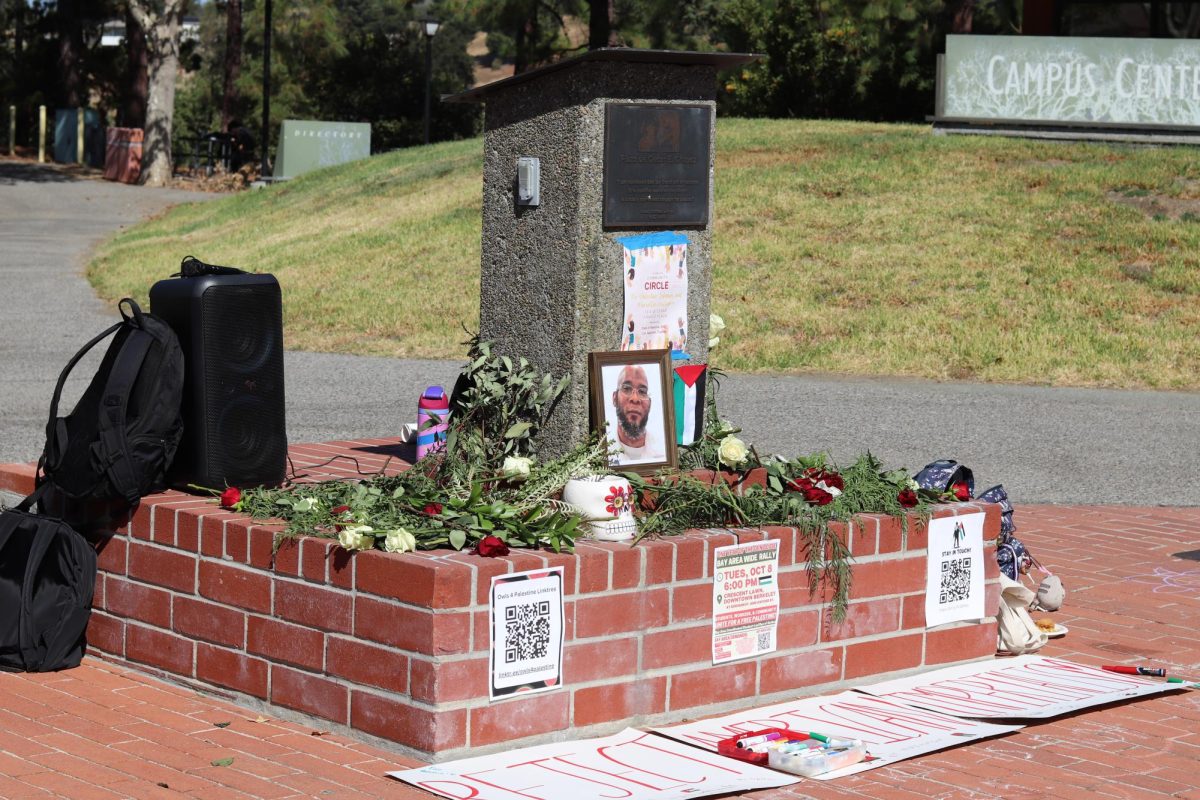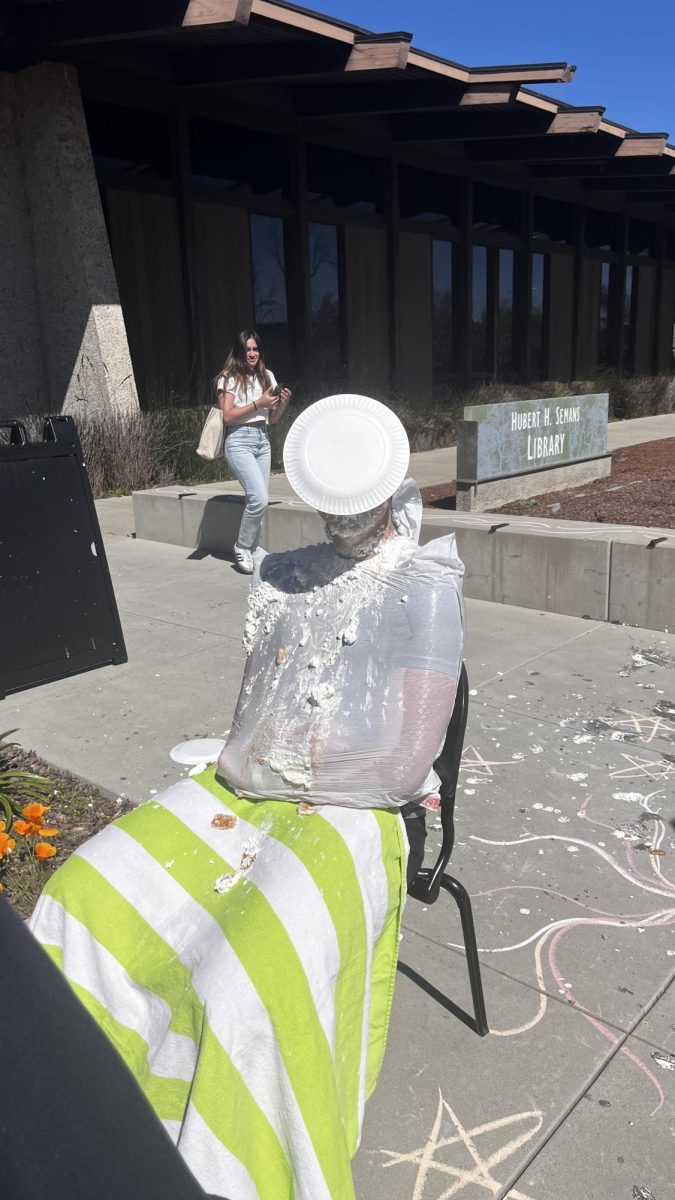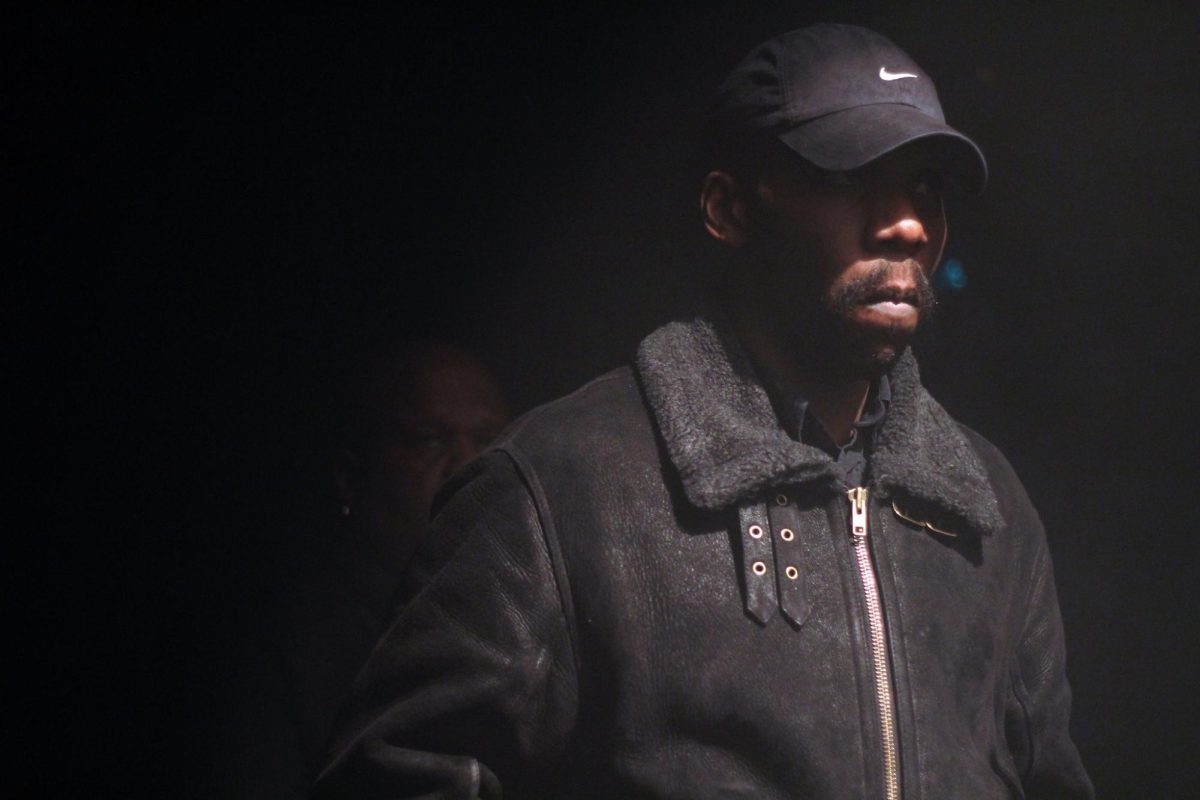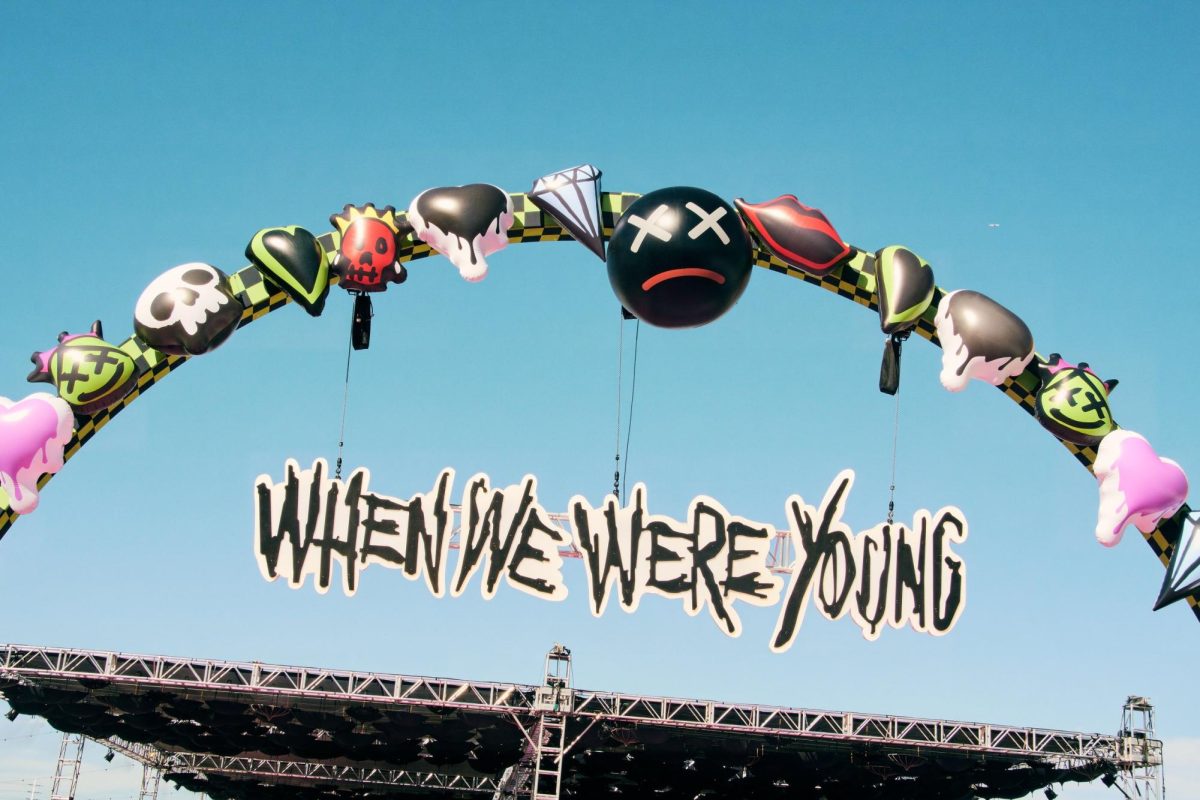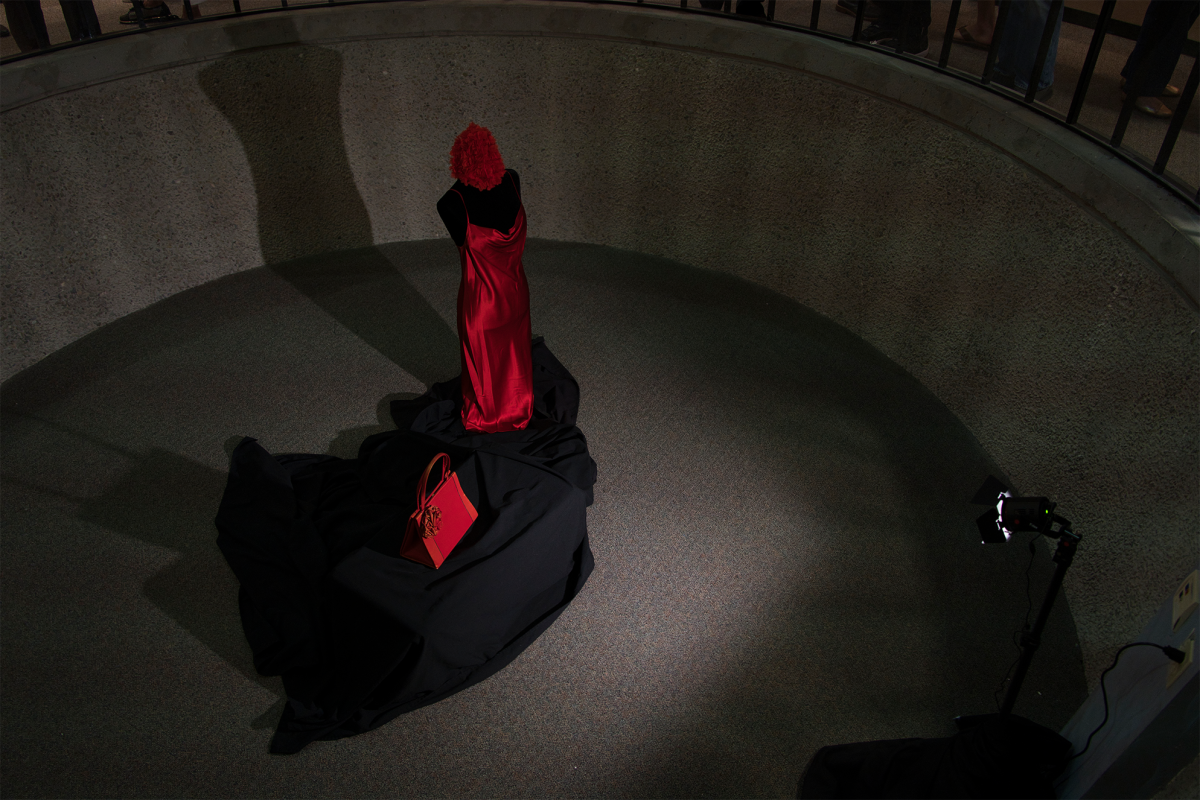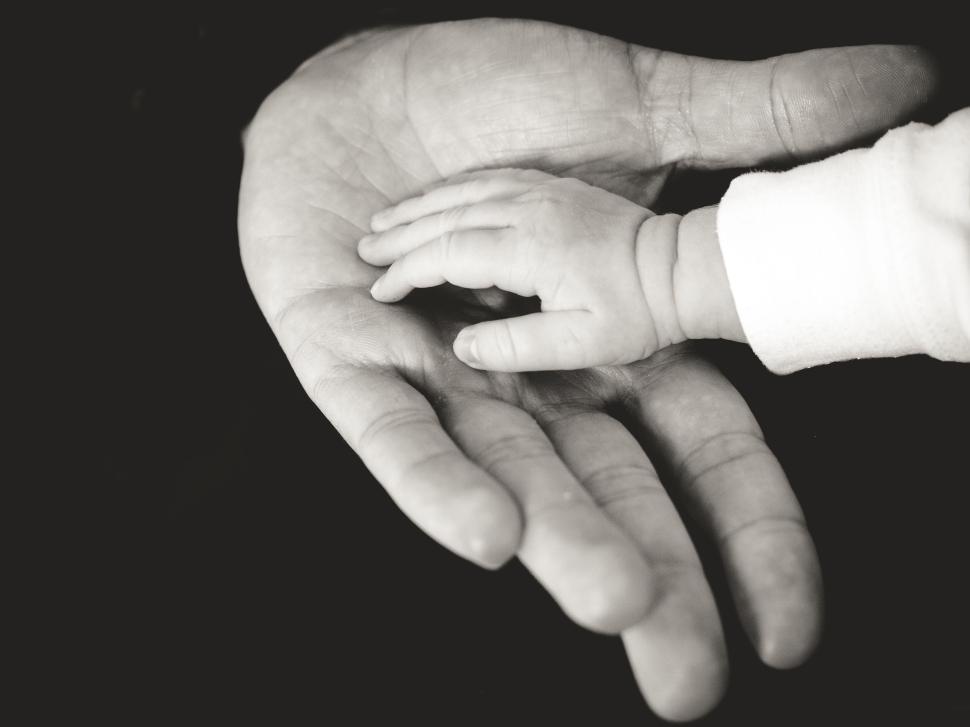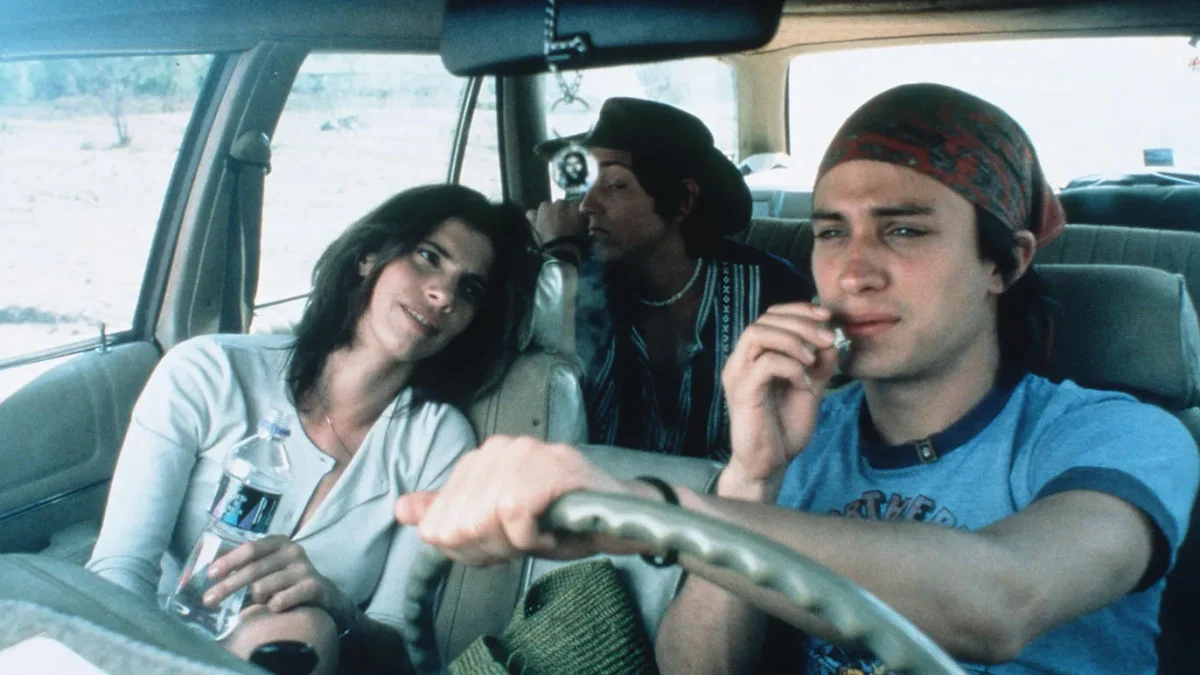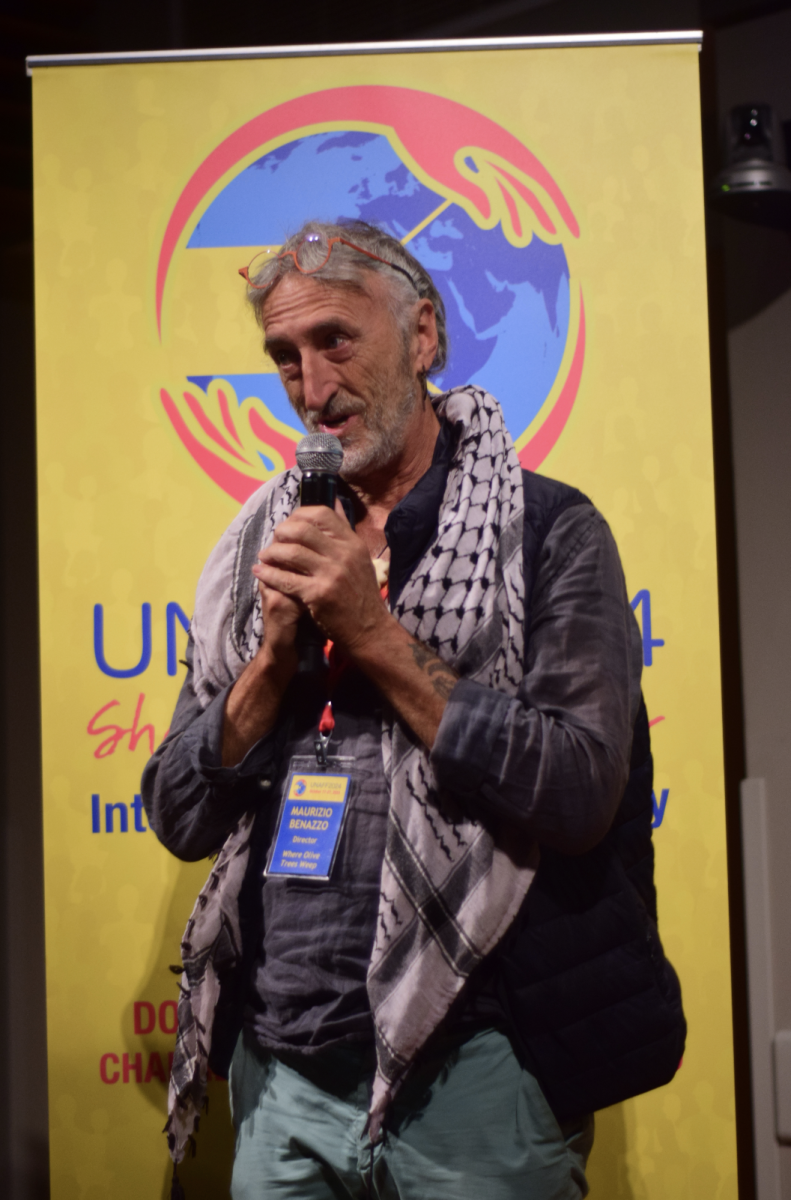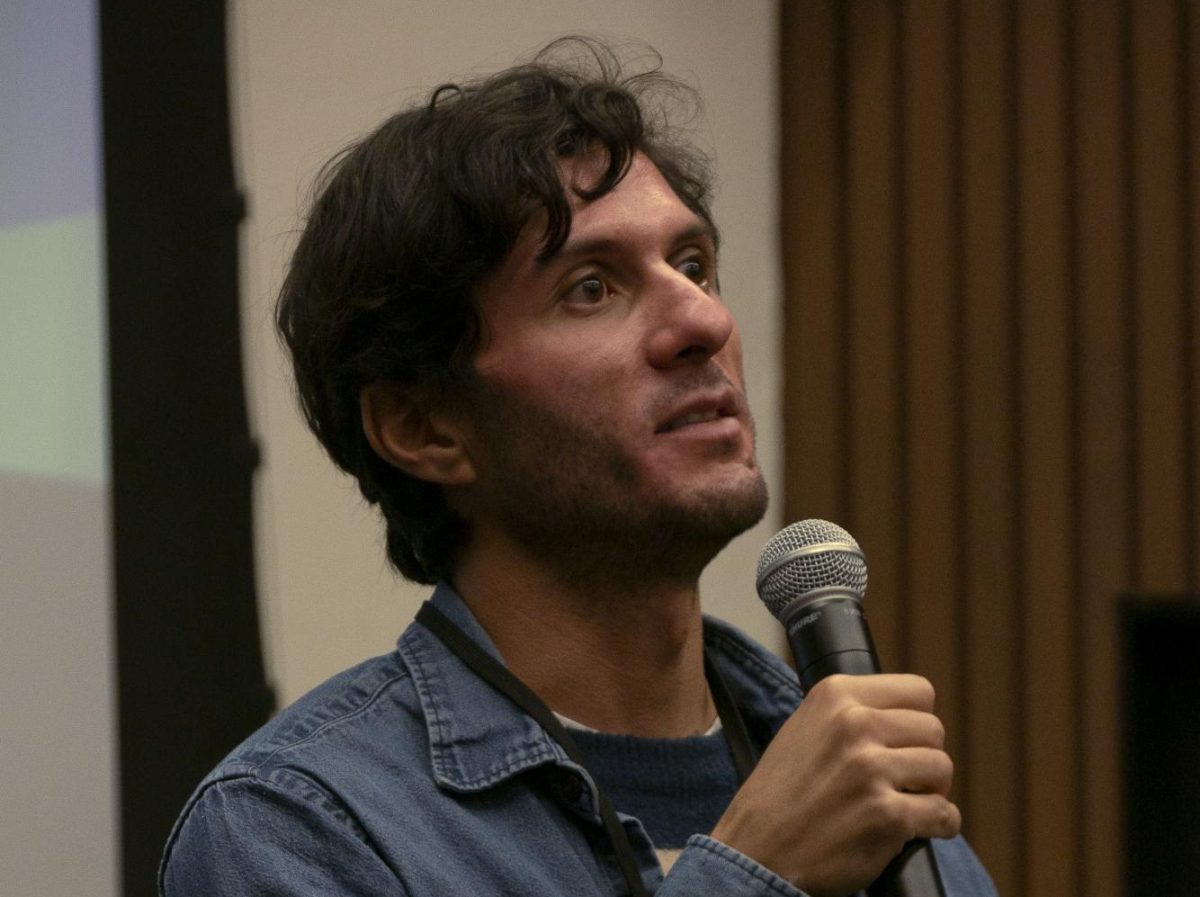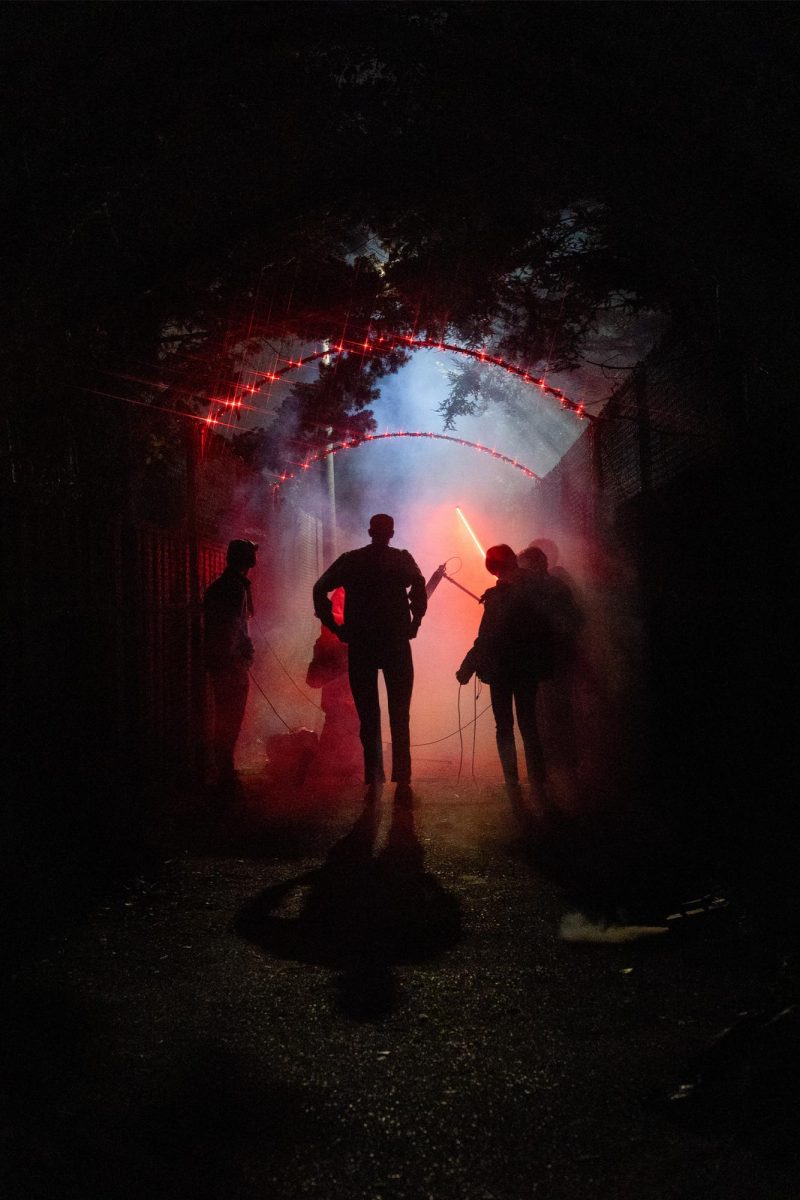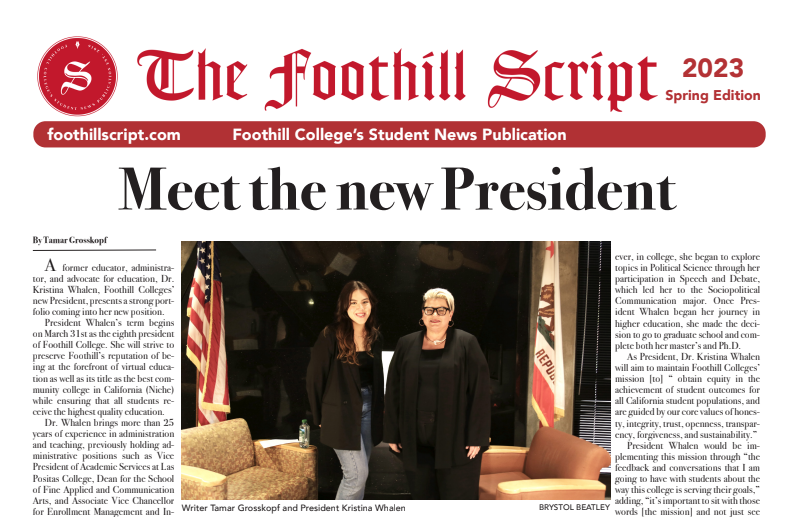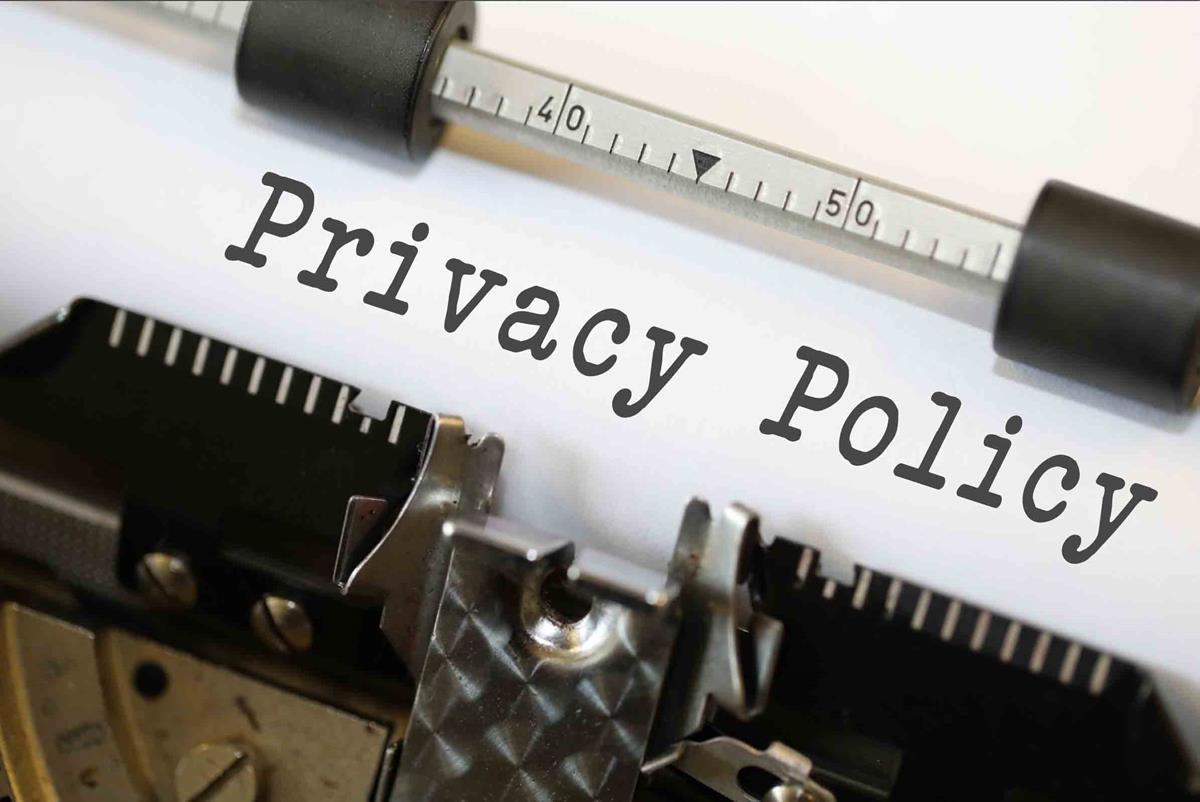Op-Ed: Climate Change is Racist

flickr
April 14, 2017
When someone mentions climate change, you might subconsciously conjure up an image of a mother polar bear and her two cubs trudging across a melting ice cap. You might even picture your neighbor’s gas guzzling SUV, polluting the air children inhale, damaging their lungs. Viewing climate change from a purely environmental perspective is a dangerous thought process as it turns a blind eye to the racially charged social issues that result from the changing of our climate. Environmental justice, as defined by the EPA, is “the fair treatment and meaningful involvement of all people regardless of race, color, national origin, or income with respect to the development, implementation, and enforcement of environmental laws, regulations, and policies,” with an expanded definition by the South African Environmental Justice Networking Forum including the linkage of “environmental and social justice issues.” Environmental injustice, like many other aspects of race and class struggle, continues to be a controversial topic in America that comes up in a variety of housing, healthcare, and environmental policy issues, which directly impacts America’s low income, minority population the hardest. The most notable victim of environmental injustice is the African American community. In comparison to white people, African Americans bear a significantly larger burden of climate change, despite accounting for only about 12% of the U.S. population. This can be attributed to a pattern of neglect by state and local governments. African Americans experience deeper impacts from climate change as they become a secondary priority for local and federal policy makers, leaving African American communities vulnerable to reckless decision making.
The unwillingness of both local and federal government to provide the assistance needed to African American communities to protect them against the effects of climate change is a direct act of institutional racism that leaves low-income, African American families left to face the hardships of climate change.
The catastrophic Hurricane Katrina, is a key case study that represents the manner in which both local and federal government are more than willing to overlook the safety of African American communities. This manifests in lack of proper funding or enforcement of the Federal Emergency Management Agency’s (FEMA) own legally defined standards for safety infrastructure and community preparedness in the event of a natural disaster. In a detailed, step-by-step report of the formation and movement of Katrina across New Orleans by PBS, two main infrastructure failures designed to “provide flood control benefits by allowing Lake Pontchartrain to quickly drain into the Gulf of Mexico,” end up amplifying Katrina’s flooding throughout New Orleans, with the Lower Ninth being hit the hardest. Constructed by the U.S. Army Corps of Engineers in 1956, after receiving Congressional approval, with the purpose of increasing commercial navigation through the Port of New Orleans, the Mississippi River-Gulf Outlet (MR-GO) is a 77 mile long channel designed to shorten the commercial traveling distance between the Gulf of Mexico and New Orleans’ Industrial Waterway, with most of it surrounding the Lower Ninth Ward (where over 98% of the population is black). Following previous failures of so-called anti-flooding infrastructures in 1884, 1890,1891, 1897, 1898, 1903, 1912, 1913, 1922, and 1927, the MR-GO was harshly criticized by the public. Allegations backed by extensive research conducted by Louisiana State University’s Hurricane Center that the channel was economically inefficient, environmentally destructive, and likely to increase chances of flooding dominated local news. In the wake of mounting public outrage, the Army Corps was quick to deny evidence that the channel was anything but beneficial to local residents. The lack of consideration displayed by both the federal government and the Army Corps in the construction of the architecturally unsound MR-GO characterizes the passivity of local and federal government in securing predominantly African American communities through a mix of funding and enforcement of regulations.
With the MR-GO coming with a $1 billion dollar price tag, and a yearly $8 million dollar maintenance bill, the Army Corps had a financial incentive to defend it. Ignoring warnings and public criticism, the federal government placed the safety of an entire community in jeopardy, leaving the Lower Ninth and much of New Orleans in devastating ruins.
In its aftermath, the Lower Ninth was one of the last neighborhoods in New Orleans to have its power and water service back. Due to the high rebuilding costs that often resulted in uncompleted homes, the loss of grocery stores and markets that has turned the Lower Ninth into a food desert, and major reliance on the charity of local non-profit groups, the Lower Ninth has lost much of its vibrant culture and community that many of the few remaining residents increasingly believe will no longer be coming back. Despite the $600 million worth of reconstruction aid received from both federal and state government, the Lower Ninth continues to remain a desolate shadow of what it once was, with only 36% of its pre-Katrina population returned. Projects led by nonprofits to create new, environmentally friendly modern homes priced at $400,000 each in the Lower Ninth, where housing prices average around $100,000 and over 33% of people live in poverty, has discouraged previous residents from moving back in. Additionally, the continued stereotyping of the Lower Ninth as a menacing slum vulnerable to future floodings has limited interest in the redevelopment of the community, with a majority of funding coming from famous philanthropists such as Brad Pitt’s Make It Right fund, and Lil Wayne’s donation toward the construction of a skateboard park. However, little to no funding has been put towards what a community struggling to get back on its feet needs most: housing and schools. Given the pre-Katrina lack of interest and stigma surrounding the Lower Ninth displayed by all levels of government, there is a strong lack of investment in encouraging the repopulation of the Lower Ninth that continues to this day. This leaves remaining residents wondering if their wait for the return of their once beloved, hard working community is in vain, whether it was Katrina as an ongoing indicator of the threat of climate change or the lack of government action that proved more devastating to the Lower Ninth and its residents.
Another significant case study comes up in the Flint water crisis. In 2014, Flint’s local government made the decision to switch the city’s water supply from Detroit’s main water line to the Flint River without following legally defined anti-corrosion measures. This put residents, especially children under the age of five, at high risk for lead poisoning. The World Health Organization describes lead poisoning as detrimental to “children’s brain development resulting in reduced IQ, behavioral changes…and reduced educational attainment.” In a study done by the Hurley Medical Center in Flint, it was discovered that the proportion of children five and under with above average levels of lead had nearly doubled since 2014, creating a potential issue with providing a sufficient number of accessible and professional resources, including health centers and special education, for the city’s future population of mentally disabled students. This compounds Flint’s existing problems of a high uninsured rate and ow K-12 education quality.
As fearful parents rush to the doctor to have their children tested and retested for lead poisoning, the issue of trying to work around the dangerous waterline remains. With more than 28,000 lead pipes still waiting to be replaced, the city has continued to advise residents to use city provided filters and water bottles as alternatives. Those who possess the funds to buy water by the gallon are continuing to do so, but with 41.2% of Flint’s population living at or below the federally defined poverty level, it goes without saying that residents are often unable to purchase enough bottled water to live off of while waiting for corroded pipes to be replaced. Without sufficient water, many residents resort to boiling tap water before use, which actually increases the likelihood of lead dispersal, or are continuing to use the water as-is, knowing the risks, putting their and their children’s health in danger. Access to clean and safe drinking water is a basic human right; residents of Flint should not have to choose between dying of dehydration, and impairing their children’s learning abilities.
The long term implications of this issue lie heaviest with Flint’s youth, as their development is sure to divide the community and its inattentive local government, placing its reliability and trustworthiness into question. And while major news sources continue to display white families piling jugs of water on little red wagons, it is important to remember that Flint’s residents are 56.6% African American with a median household income of $24,862, and that it is these low income African American families who will continue to suffer the greatest injustices and discrimination at the hands of this “man-made disaster.”
The significance of these two scenarios in the depiction of an on-going struggle for equal consideration in the development and implementation of environmental policies and regulations is powerful. The approved construction of the questionable MRGO and the levees surrounding the Lower Ninth turned a thriving African American community into a flooded wreck which quickly lost media attention. The same can also be said of the crisis in Flint, where low-income African American families are still being denied clean water, and forced to expose their children to the irreversible damage of lead poisoning. Unless African American and traditionally marginalized groups receive more attention, the effects of climate change will be most burdensome for society’s most disadvantaged members: Climate change is racist.





